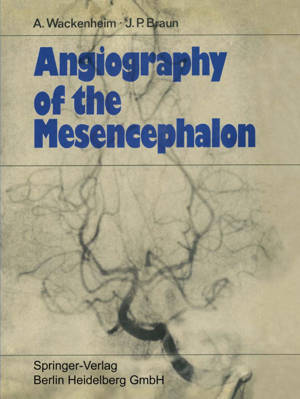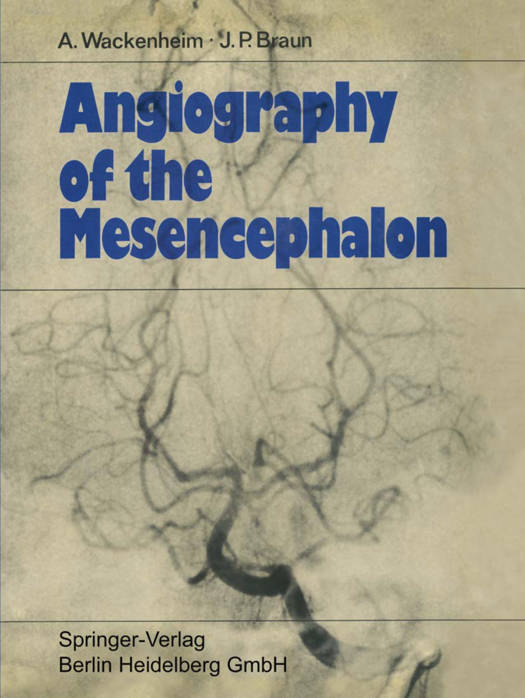
- Afhalen na 1 uur in een winkel met voorraad
- Gratis thuislevering in België vanaf € 30
- Ruim aanbod met 7 miljoen producten
- Afhalen na 1 uur in een winkel met voorraad
- Gratis thuislevering in België vanaf € 30
- Ruim aanbod met 7 miljoen producten
Zoeken
Angiography of the Mesencephalon
Normal and Pathological Findings
Auguste Wackenheim, Jean Paul Braun
Paperback | Duits
€ 64,45
+ 128 punten
Omschrijving
In the beginning after Dandy's publication in 1918, ventriculo- graphy and pneumencephalography were the main tools in the neuroradiographical examination of brain tumours. Later on, cerebral angiography after Egaz Moniz in 1927, has been more and more commonly used. Now it appears to be the most important neuroradiological examination in tumours of the great hemispheres. Up till some years ago, air studies were the predominant examinations in lesions of the brainstem and the contents of the posterior fossa. Gradually angiographic examination for lesions in these regions has been more frequently used. Nowadays angiographic examination of the mesencephalon proves to be of increasing importance. However, some neuro- radiologists feel inhibited. They fear difficulties when reading the angiogram, even if the subtraction method is applied. Like other workers in the field of neuroradiology and neuro- surgery they will be very pleased with the edition of Wacken- heim and Braun's monograph. These authors are already well known because of their excellent air studies in mesencephalic lesions. With this book they provide us with a most valuable and clear guide to the inter- pretation of normal and pathologic angiograms, including capillarograms, of the mesencephalic regions.
Specificaties
Betrokkenen
- Auteur(s):
- Uitgeverij:
Inhoud
- Aantal bladzijden:
- 154
- Taal:
- Duits
Eigenschappen
- Productcode (EAN):
- 9783662278826
- Uitvoering:
- Paperback
- Formaat:
- Trade paperback (VS)
- Afmetingen:
- 216 mm x 279 mm
- Gewicht:
- 403 g

Alleen bij Standaard Boekhandel
+ 128 punten op je klantenkaart van Standaard Boekhandel
Beoordelingen
We publiceren alleen reviews die voldoen aan de voorwaarden voor reviews. Bekijk onze voorwaarden voor reviews.








